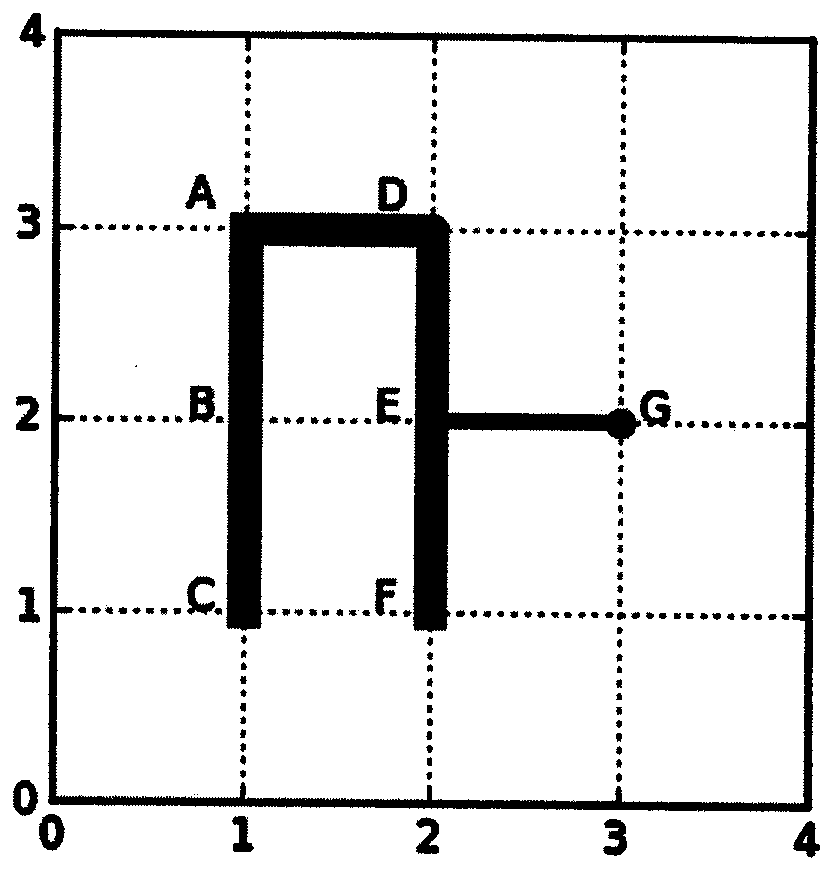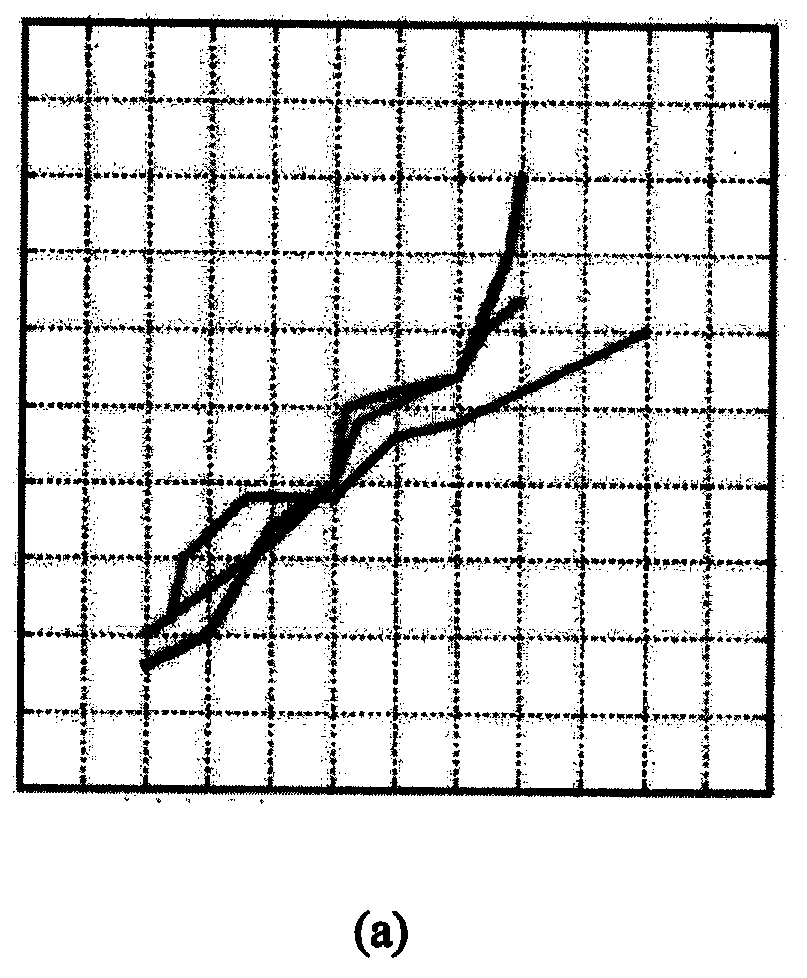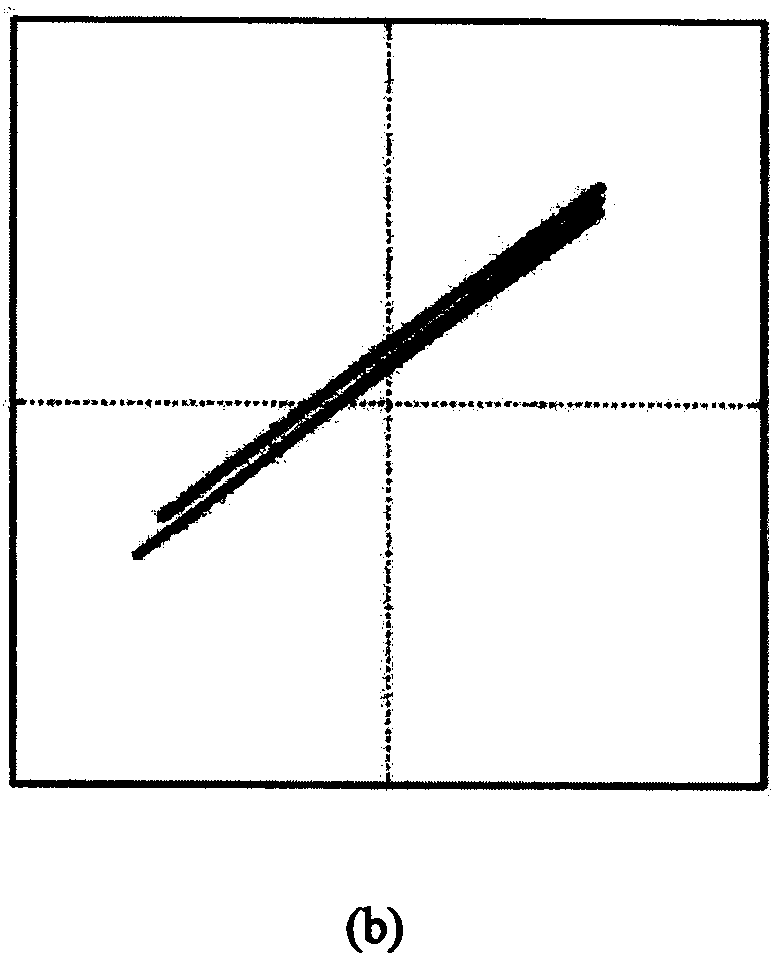A convolutional neural network-based moving object destination prediction method
A convolutional neural network and moving object technology, applied in the intersection of engineering application and information science, can solve problems such as matching, prediction accuracy impact, and difficulty in querying trajectories, so as to overcome the problem of data sparseness and increase accuracy.
- Summary
- Abstract
- Description
- Claims
- Application Information
AI Technical Summary
Problems solved by technology
Method used
Image
Examples
Embodiment Construction
[0028] Below in conjunction with accompanying drawing, the present invention will be further described.
[0029] The overall process of the present invention is as Figure 4 shown. The overall process consists of two parts: the solution to the data sparsity problem and the prediction based on convolutional neural network (CNN). In the solution stage of the data sparsity problem: Introduce the parameterized minimum description length strategy (PMDL) to optimally segment the original trajectory, and reduce the difference between similar trajectories and increase the difference while retaining the characteristics of the original trajectory to the greatest extent. The degree of difference between trajectories; then, the pixelized representation method (PRT) of trajectories is proposed, the original trajectory data is processed into pixel pictures, and important feature parts are intercepted from them, and the area near the start point and end point is used as model input, and the...
PUM
 Login to View More
Login to View More Abstract
Description
Claims
Application Information
 Login to View More
Login to View More - R&D
- Intellectual Property
- Life Sciences
- Materials
- Tech Scout
- Unparalleled Data Quality
- Higher Quality Content
- 60% Fewer Hallucinations
Browse by: Latest US Patents, China's latest patents, Technical Efficacy Thesaurus, Application Domain, Technology Topic, Popular Technical Reports.
© 2025 PatSnap. All rights reserved.Legal|Privacy policy|Modern Slavery Act Transparency Statement|Sitemap|About US| Contact US: help@patsnap.com



